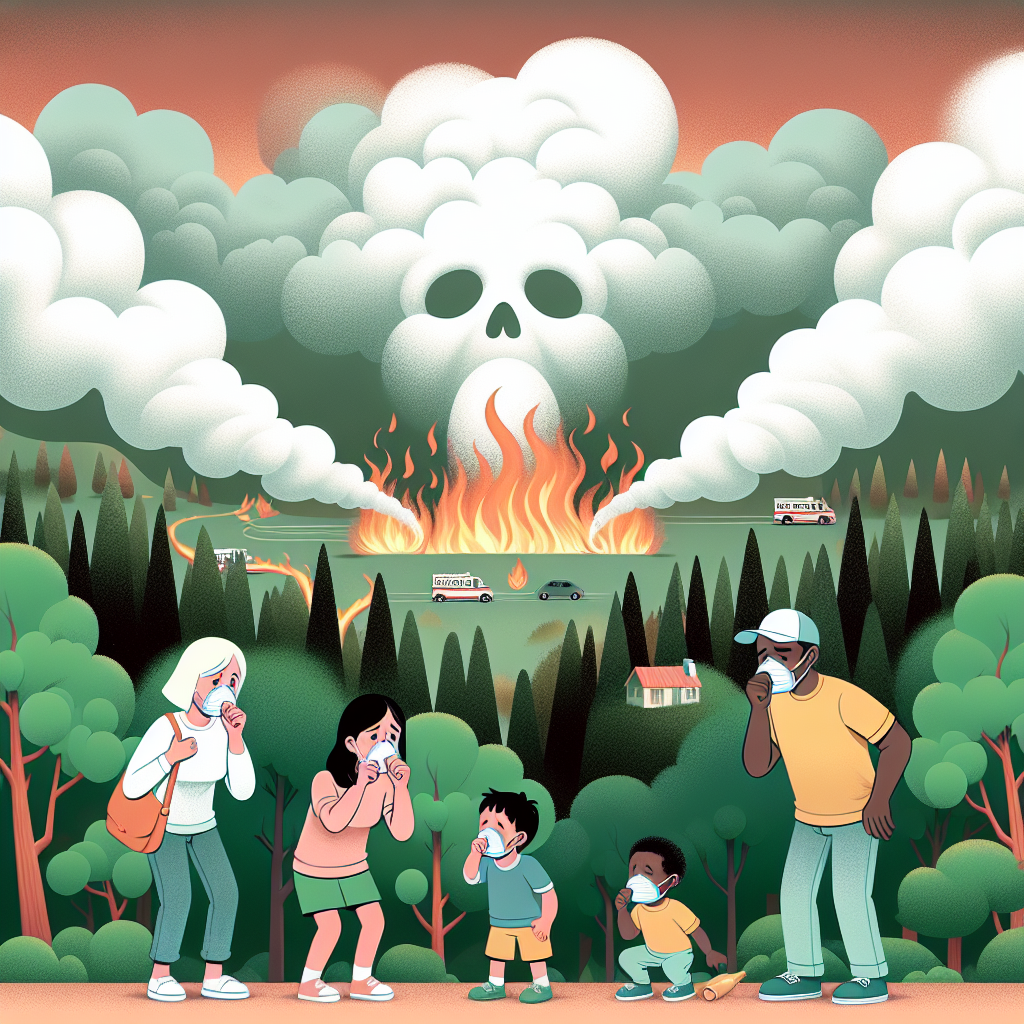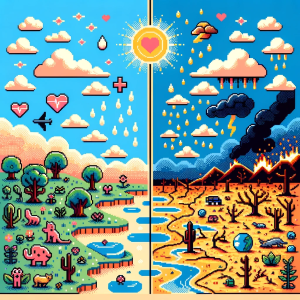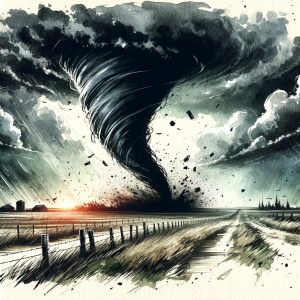
How Wildfire Smoke’s Public Health Impact is Escalating
Wildfires, long regarded as a seasonal inconvenience, are now emerging as a significant public health crisis, exacerbated by climate change. As wildfires increase in frequency and intensity, their smoke is becoming a lingering threat to human health, contributing to a wide range of diseases and safety challenges.
The Invisible Killer: Understanding Wildfire Smoke
Wildfire smoke comprises a complex mixture of gases and fine particles from burning vegetation, building materials, and other compounds. Particulate matter, especially PM2.5—which can penetrate deep into the lungs and enter the bloodstream—poses the greatest risk to health. Studies suggest that these particles are about 10 times as toxic as regular air pollution from fossil fuels.
A recent study by Stanford University highlights that no level of exposure to wildfire smoke is considered safe, indicating that the health risks are substantial and far-reaching (Stanford Report.)
Short and Long-term Health Effects
The immediate health impacts include respiratory issues such as asthma exacerbations and heart problems. However, the long-term impacts are more insidious. Research from Harvard T.H. Chan School of Public Health indicates that exposure to wildfire smoke significantly increases hospitalization risks for cardiopulmonary diseases (Harvard Public Health News)
Moreover, a multi-institutional study on the Los Angeles wildfires aims to understand the persistent health impacts over a decade-long period, indicating both the complexity and gravity of this issue (Long-term Study.)
Compounding Climate Effects
The impact of wildfire smoke on public health is exacerbated when combined with other climate-induced events such as heatwaves. Instances where extreme temperatures coincide with high levels of wildfire smoke have resulted in increased emergency room visits and fatalities.
The 2025 Canadian wildfires serve as a stark reminder, with smoke impacting regions as far as the northeastern United States, affecting millions (Tufts Today).
Public Health Response and Challenges
Despite the growing threat, public health responses remain fragmented. The adaptation measures portray significant gaps, particularly concerning the integration of real-time monitoring, early warning systems, and cross-discipline coordination.
According to the Yale School of Public Health, effective planning and response rely heavily on the incorporation of climate modeling and exposure assessment. Mitigation strategies, such as air filtering and shelter availability, are critical yet remain underutilized (Yale Health Report.)
Conclusion: Mobilizing for a Healthier Environment
The challenge of addressing wildfire smoke as a public health issue is multifaceted, requiring coordinated action at local, national, and international levels. Enhanced policy frameworks that integrate climate adaptation, environmental justice, and health services are essential.
As climate change progresses, the urgency to develop robust public health infrastructures, informed by scientific research and cross-sector collaboration, becomes increasingly imperative to safeguard communities from the debilitating effects of wildfire smoke.



